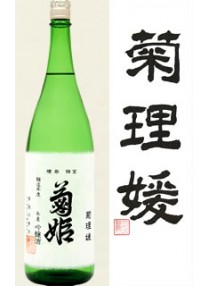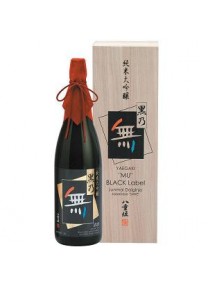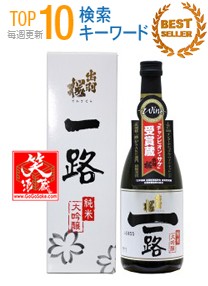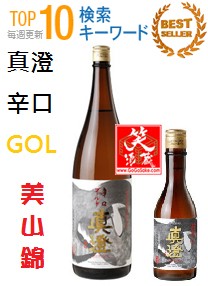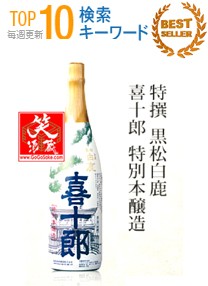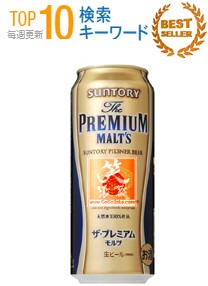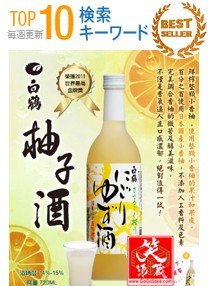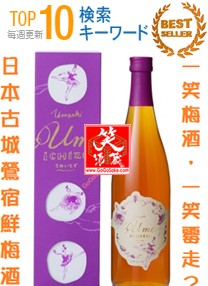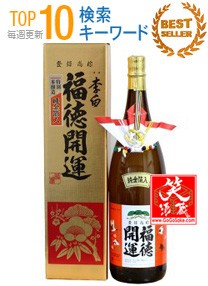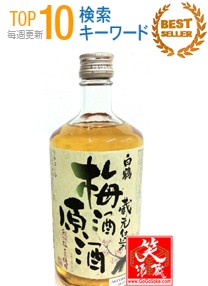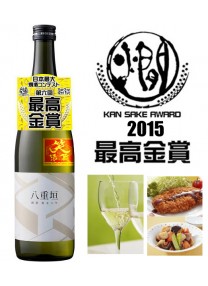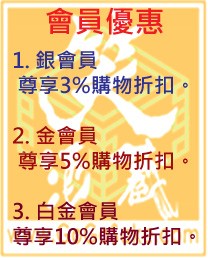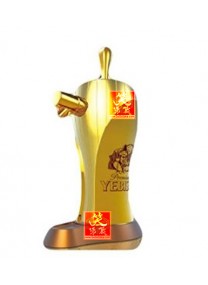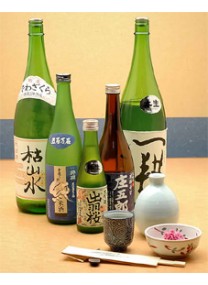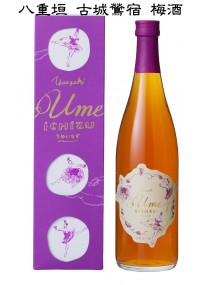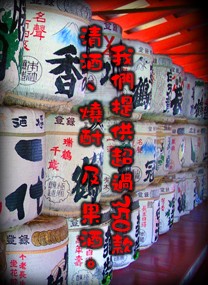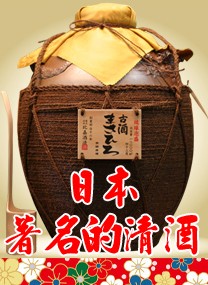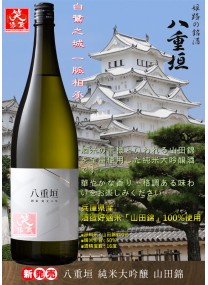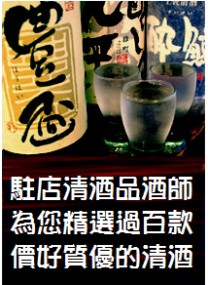您的購物車沒有添加商品!
商品分類
熱買商品
付款方法


![]()
專有名詞 2
Nigorizake【濁り酒】
Most sake is pressed after fermentation to remove the remains of the rice, which is known as kasu or lees. In the case of nigorizake or ‘cloudy sake’, some of these remnants are left in, or added back to the mixture, to impart a cloudy appearance.
Most sake is pressed after fermentation to remove the remains of the rice, which is known as kasu or lees. In the case of nigorizake or ‘cloudy sake’, some of these remnants are left in, or added back to the mixture, to impart a cloudy appearance.
Nihonshudo【日本酒度】
Known as ‘sake metre value’ in English, this is a number used to indicate how sweet or dry a sake is, and is calculated by measuring the density of a particular sake in relation to water. Most sake on sale has anihonshudo of between -3 and +10, with a higher value indicating a dryer sake.
Known as ‘sake metre value’ in English, this is a number used to indicate how sweet or dry a sake is, and is calculated by measuring the density of a particular sake in relation to water. Most sake on sale has anihonshudo of between -3 and +10, with a higher value indicating a dryer sake.
Nomiya【飲み屋】
Colloquial expression for a ‘drinking eatablishment.’
Colloquial expression for a ‘drinking eatablishment.’
Nuka【糠】
The talc-like powder that is the outer portion of polished rice kernels.
The talc-like powder that is the outer portion of polished rice kernels.
Nurukan【温燗】
Sake warmed to lukewarm temperatures.
Sake warmed to lukewarm temperatures.
O-choko【お猪口】
See choko.
See choko.
Ori-zake【滓酒】
Like nigorizake, orizake contains rice particles left over from the fermentation process. The distinguishing feature of orizake is that this sediment is usually finer than that found in nigorizake.
Like nigorizake, orizake contains rice particles left over from the fermentation process. The distinguishing feature of orizake is that this sediment is usually finer than that found in nigorizake.
Sakagura【酒蔵】
Another word used to refer to a sake brewery.42Glossary43
Another word used to refer to a sake brewery.42Glossary43
Sakamai【酒米】
The term given to strains of rice used in sake production. These are officially designated as sakamai, and share a number of characteristics favourable to sake brewing, such as having unwanted fats and impurities concentrated on the outside of the grain, so that they can be easily milled away.
The term given to strains of rice used in sake production. These are officially designated as sakamai, and share a number of characteristics favourable to sake brewing, such as having unwanted fats and impurities concentrated on the outside of the grain, so that they can be easily milled away.
Sakaya【酒屋】
A liquor shop that sells sake.
A liquor shop that sells sake.
Sakazuki【杯/盃】
A vessel from which sake is drunk, typically shallower and wider than an o-choko or guinomi.
A vessel from which sake is drunk, typically shallower and wider than an o-choko or guinomi.
Sanmi【酸味】
Acidity. One of the five flavours known as go-mi.
Acidity. One of the five flavours known as go-mi.
Sandan shikomi【三段仕込】
The most widely applied method of adding rice, koji, and water to themoromi, a three-stage process.
The most widely applied method of adding rice, koji, and water to themoromi, a three-stage process.
Sanzoshu【三増酒】
Literally meaning ‘triple sake’, this term originated during World War II, when due to rice shortages a method of producing sake whereby triple the amount of drink could be yielded from the same amount of rice. Nowadays, the term is used more generally to denote poor quality sakewith a large amount of added alcohol or additives.
Literally meaning ‘triple sake’, this term originated during World War II, when due to rice shortages a method of producing sake whereby triple the amount of drink could be yielded from the same amount of rice. Nowadays, the term is used more generally to denote poor quality sakewith a large amount of added alcohol or additives.
Seimai【精米】
Rice polishing.
Rice polishing.
Seimaibuai【精米歩合】
The degree to which rice has been polished; this number, expressed as a percentage, refers to the amount of grain that remains after rice has been polished. For example, a 35% seimaibuai means that the rice has been polished so that it is only 35% of its original size, and that 65% of it has been turned into nuka.
The degree to which rice has been polished; this number, expressed as a percentage, refers to the amount of grain that remains after rice has been polished. For example, a 35% seimaibuai means that the rice has been polished so that it is only 35% of its original size, and that 65% of it has been turned into nuka.
Seimaiki【精米機】
The machine used to polish rice for sake.
The machine used to polish rice for sake.
Seishu【清酒】
This is the legal name for sake, literally meaning ‘refined sake’. This term, or the term nihonshu, must appear by law on all bottles of sake.
This is the legal name for sake, literally meaning ‘refined sake’. This term, or the term nihonshu, must appear by law on all bottles of sake.
Senmai【洗米】
The rice-washing step in sake brewing.
The rice-washing step in sake brewing.
Shibumi【渋味】
Astringency. One of the five flavours known as go-mi.
Astringency. One of the five flavours known as go-mi.
Shinpaku【心白】
The hard, white centre comprised of starch found in good sake-brewing rice.
The hard, white centre comprised of starch found in good sake-brewing rice.
Shinseki【浸漬】
The rice-soaking step of the sake brewing process.
The rice-soaking step of the sake brewing process.
Shinshu【新酒】
Literally meaning ‘new sake’, the term generally refers to the sake that has just been produced in the previous brewing year, such as that judged each spring in the zenkoku shinshu kanpyokai or National New Sake Appraisal Competition.
Literally meaning ‘new sake’, the term generally refers to the sake that has just been produced in the previous brewing year, such as that judged each spring in the zenkoku shinshu kanpyokai or National New Sake Appraisal Competition.
Shizuku【雫】
This term literally means ‘droplets’, and refers to the soft and refinedsake that results when the moromi is not pressed in the usual manner, but placed in bags that are hung up and allowed to drip, in a time consuming and laborious process.
This term literally means ‘droplets’, and refers to the soft and refinedsake that results when the moromi is not pressed in the usual manner, but placed in bags that are hung up and allowed to drip, in a time consuming and laborious process.
Shochu【焼酎】
Another popular alcoholic beverage in Japan, shochu is a clear spirit distilled from one of a variety of ingredients, most commonly wheat. It is mainly produced in Kyushu, the southernmost of the four main islands of Japan, and in common with sake uses koji during the fermentation process.
Another popular alcoholic beverage in Japan, shochu is a clear spirit distilled from one of a variety of ingredients, most commonly wheat. It is mainly produced in Kyushu, the southernmost of the four main islands of Japan, and in common with sake uses koji during the fermentation process.
Shubo【酒母】
Yeast starter, also known as moto. This is a mixture of rice, koji, and water with an extremely high concentration of yeast cells. (See alsomoto.)
Yeast starter, also known as moto. This is a mixture of rice, koji, and water with an extremely high concentration of yeast cells. (See alsomoto.)
Shuzo-kotekimai【酒造好適米】
This is the formal term for sakamai or sake rice, but is often used to denote rice that is of a higher quality.
This is the formal term for sakamai or sake rice, but is often used to denote rice that is of a higher quality.
Sugidama【杉玉】
A ball of needles of the cryptomeria or Japanese Cypress tree, traditionally used as the symbol of a sake brewery or outlet.
Tachinomiya【立ち飲み屋】
A drinking establishment where customers stand and drink at a counter.
A ball of needles of the cryptomeria or Japanese Cypress tree, traditionally used as the symbol of a sake brewery or outlet.
Tachinomiya【立ち飲み屋】
A drinking establishment where customers stand and drink at a counter.
Tanrei Karakuchi【淡麗辛口】
A phrase often used when describing a sake. Tanrei approximates to light and crisp, while karakuchi means dry.
A phrase often used when describing a sake. Tanrei approximates to light and crisp, while karakuchi means dry.
Taruzake【樽酒】
Sake that has been stored or aged for a period of time in a cedar keg, so that the woody flavour of the keg is imparted to the sake.
Sake that has been stored or aged for a period of time in a cedar keg, so that the woody flavour of the keg is imparted to the sake.
Tokutei meishoshu【特定名称酒】
A collective term referring to honjozoshu 本醸造酒, junmaishu 純米酒, and ginjoshu 吟醸酒.
A collective term referring to honjozoshu 本醸造酒, junmaishu 純米酒, and ginjoshu 吟醸酒.
Toji【杜氏】
The head brewer of a brewery.
The head brewer of a brewery.
Toketsushu【凍結酒】
Literally ‘frozen sake’, this term refers to sake which has been frozen, and is sometimes drunk partially frozen, in a slushy state.
Literally ‘frozen sake’, this term refers to sake which has been frozen, and is sometimes drunk partially frozen, in a slushy state.
Tokkuri【徳利】
A small ceramic flask from which sake is decanted, usually into small cups called o-choko.
A small ceramic flask from which sake is decanted, usually into small cups called o-choko.
Umami【旨味】
Increasingly recognized as one of the five basic tastes alongside sweet, salty, sour and bitter, umami is often translated as savouriness, meatiness or deliciousness, and is imparted by certain amino acids found in sake and a number of other food and drink products.
Increasingly recognized as one of the five basic tastes alongside sweet, salty, sour and bitter, umami is often translated as savouriness, meatiness or deliciousness, and is imparted by certain amino acids found in sake and a number of other food and drink products.
Umeshu【梅酒】
Although the word literally means ‘plum sake’, umeshu is in fact made by steeping green plums in the clear Japanese spirit shochu.
Although the word literally means ‘plum sake’, umeshu is in fact made by steeping green plums in the clear Japanese spirit shochu.
Yamahai【山廃】
This is the term given to sake where lactic acid is allowed develop spontaneously in the moto yeast fewmentation stage. It requires much skill and patience to follow that traditional technique.
This is the term given to sake where lactic acid is allowed develop spontaneously in the moto yeast fewmentation stage. It requires much skill and patience to follow that traditional technique.
Yongobin【四合瓶】
A bottle holding 720 milliliters, or four go.
A bottle holding 720 milliliters, or four go.


